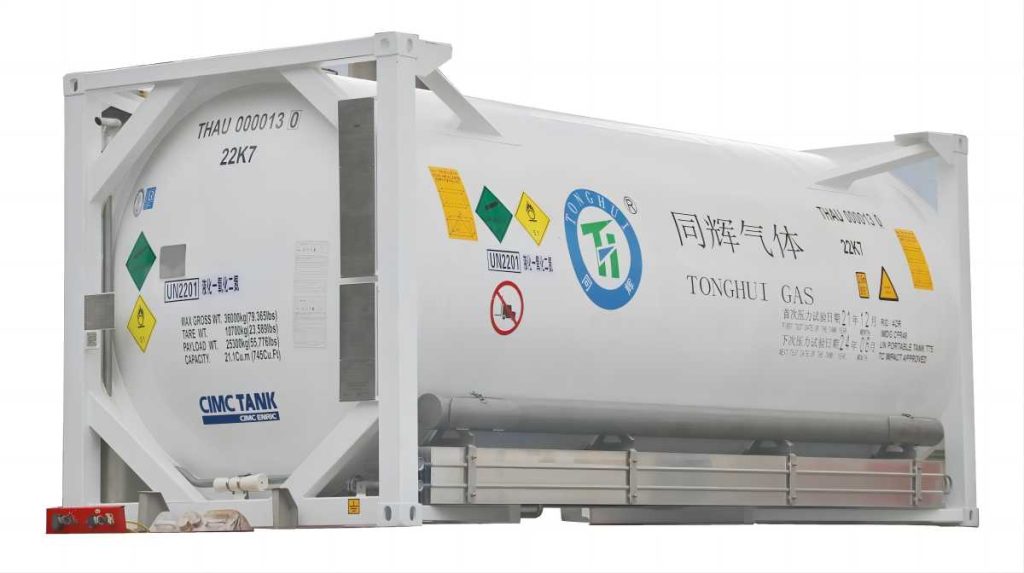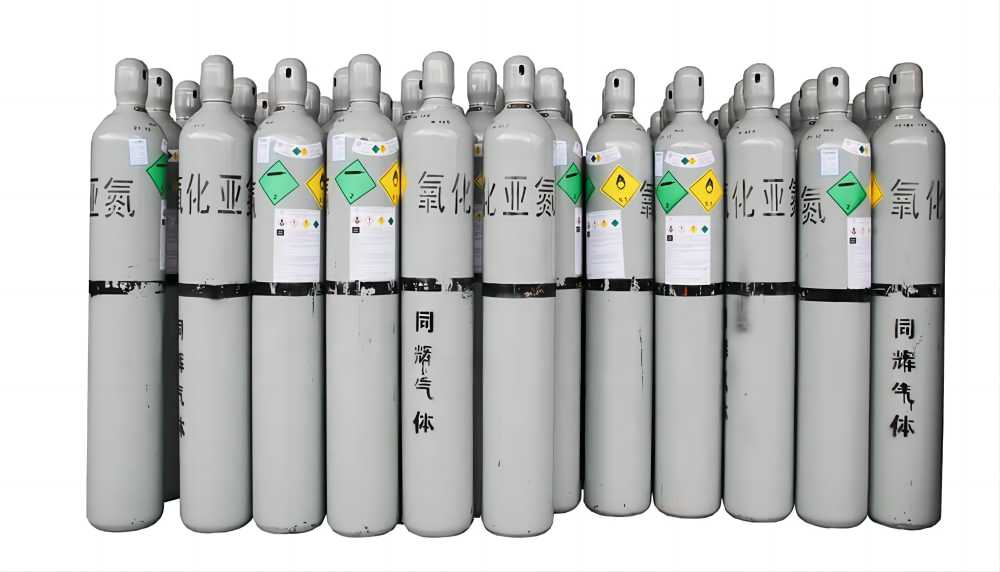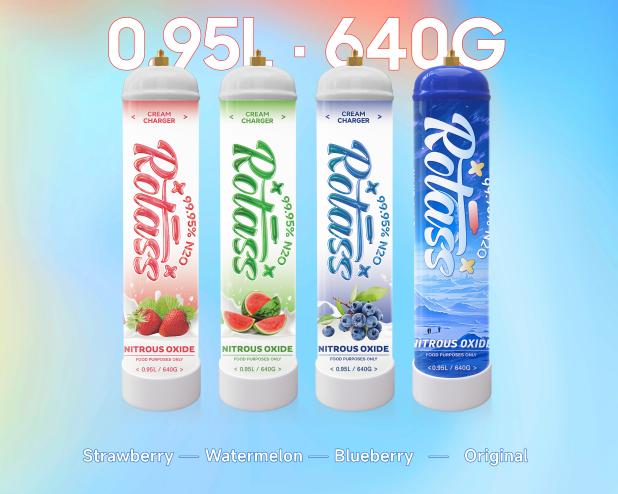2024 / 04 / 17
Understanding Nitrous Oxide Tank Regulations: Ensuring Safety and Compliance
Nitrous oxide (N2O), commonly known as laughing gas, is a versatile substance with various applications in medical, automotive, culinary, and recreational fields. However, due to its potential misuse and associated health risks, regulations have been put in place to govern the purchase, possession, storage, and transportation of nitrous oxide tanks. In this article, we will delve into the essential aspects of nitrous oxide tank regulations, emphasizing the importance of adhering to these guidelines to ensure safety and compliance.

Overview of Nitrous Oxide
Nitrous oxide is a colorless, non-flammable gas with a slightly sweet odor. It is commonly used as an anesthetic in medical and dental procedures, a performance enhancer in automotive applications, a propellant in aerosol products, and a whipping agent in culinary endeavors. Its versatile nature necessitates regulations to safeguard individuals and the environment from potential hazards associated with its use.
Regulatory Bodies
Nitrous oxide tank regulations are typically governed by local, regional, and national regulatory bodies. Local agencies, such as municipal health departments or fire departments, often enforce specific regulations regarding storage and transportation within their jurisdictions. Regional and national regulatory bodies, such as government agencies responsible for occupational health and safety, may set broader guidelines applicable to a larger geographic area.
Purchase and Possession Regulations
To control the sale and possession of nitrous oxide tanks, regulations commonly include age restrictions to prevent access by minors. Additionally, suppliers and retailers may be required to obtain licenses to ensure responsible distribution. Some jurisdictions also impose limits on the quantity of nitrous oxide that can be purchased or possessed, promoting responsible use and preventing stockpiling or unauthorized distribution.
Storage and Transportation Regulations
Nitrous oxide tanks must be stored and transported safely to minimize the risk of leaks or accidents. Regulations often specify guidelines for proper storage, including secure anchoring, appropriate ventilation, and separation from incompatible materials. Transportation regulations may require tanks to be securely fastened and properly labeled to ensure their safe transport.

Safety Guidelines
To mitigate the potential hazards associated with handling nitrous oxide tanks, regulations often include comprehensive safety guidelines. These guidelines encompass proper handling procedures, such as ensuring tanks are secured in an upright position and avoiding rough handling that could damage the tanks. Precautions are also highlighted to prevent leaks, accidents, and exposure to N2O, including regular inspections, appropriate personal protective equipment, and awareness of emergency procedures. Furthermore, individuals involved in handling nitrous oxide may be required to undergo training and obtain certifications to ensure they possess the necessary knowledge and skills.
Disposal and Waste Management
Regulations address the proper disposal of empty or expired nitrous oxide tanks. Guidelines may require tanks to be depressurized, rendered unusable, or returned to authorized facilities for safe disposal. Environmental considerations are also taken into account, promoting responsible waste management practices to prevent any negative impact on the environment.
Penalties and Enforcement
Non-compliance with nitrous oxide tank regulations may result in penalties and enforcement actions. These penalties aim to discourage unlawful activities and reinforce the importance of adhering to the regulations. Regulatory bodies often conduct inspections to ensure compliance and may impose fines, suspend licenses, or initiate legal proceedings against individuals or businesses found to be in violation.
International Regulations
Nitrous oxide tank regulations extend beyond national boundaries. International efforts, such as agreements between countries and organizations, aim to harmonize regulations and facilitate the safe and responsible handling of nitrous oxide on a global scale. These initiatives promote uniform standards and cooperation among nations to prevent illicit activities and ensure consistent safety practices.

Conclusion
Nitrous oxide tank regulations play a crucial role in ensuring the safe and responsible use of this versatile substance. By adhering to these guidelines, individuals, businesses, and regulatory bodies can collectively mitigate the potential health and environmental risks associated with nitrous oxide. It is essential for all stakeholders to stay informed about the specific regulations governing nitrous oxide tanks in their respective jurisdictions, enabling them to make informed decisions, prioritize safety, and contribute to a secure and compliant environment.










